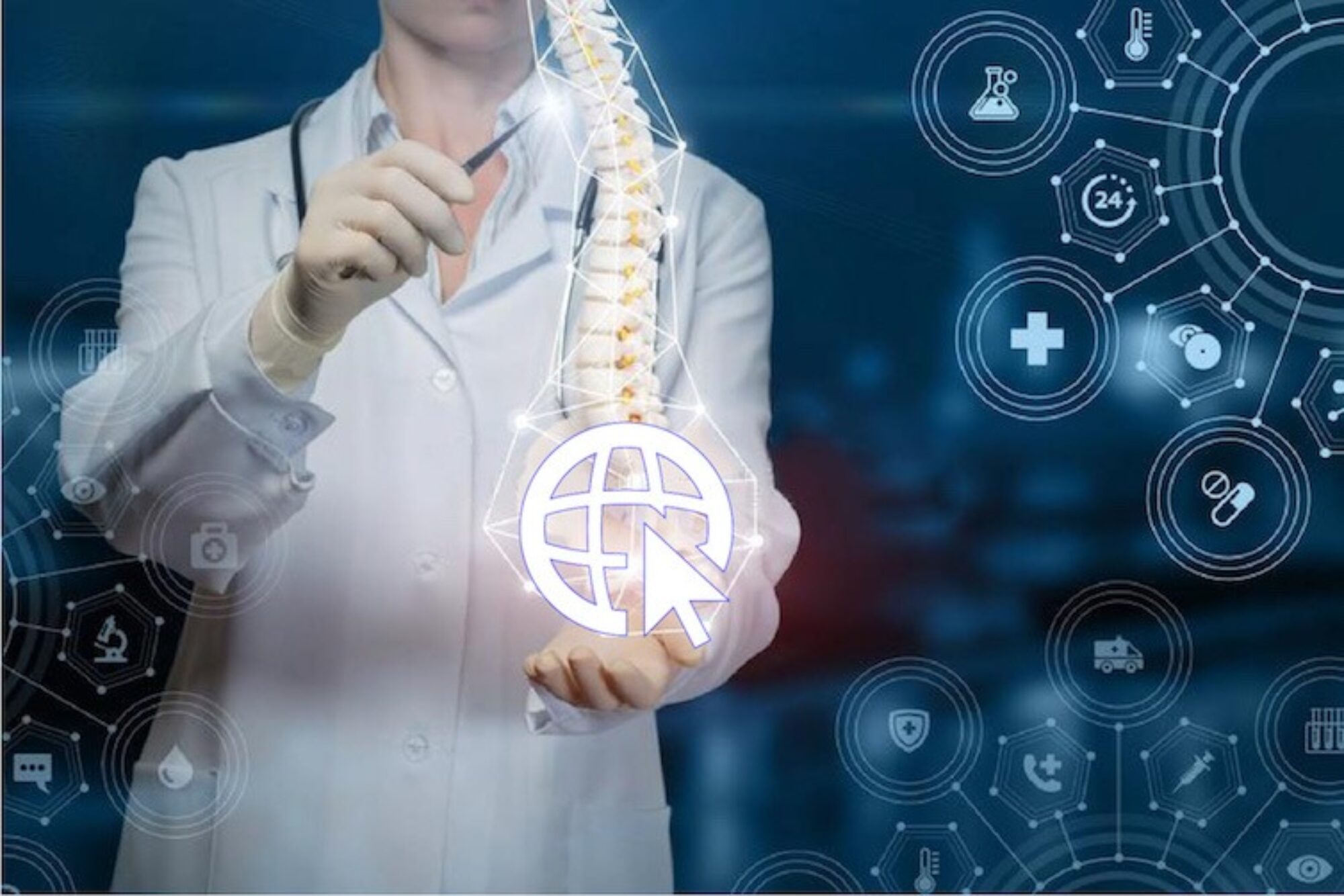Dynamic Upright MRI (uMRI) of the Cervical Spine and Craniocervical Junction
Are Dynamic Upright MRI (uMRI) reliable?
The dynamic upright MRI (uMRI) is indispensable to visualize the soft tissues such as spinal cord and to rule out horizontal instability of the craniocervical junction.
It is best done in an upright position rather than a supine position (lying down) as it allows for full range of active neck movements and also allows for the role of gravity to take place. It is obtained with the patient’s neck in the neutral, flexed and extended positions.
Again, it is excellent for visualizing soft tissues and horizontal instability however, dynamic CBCT or CT is also a good accompaniment to the dynamic uMRI.
References supporting reliability of dynamic uMRI:
- “MRI Cervical Spine and Craniocervical Junction Flexion–Rotation Test (FRT) to assess hyper-mobility primarily at C1-C2 is a reliable clinical measure of atlanto-axial instability.” Reference
- “The cervical spine has a very wide range of motion which can have an impact on cervical spondylotic myelopathy. Dynamic MRI (dMRI) is a promising tool for surgeons to diagnosis subtle or occult compression on conventional or static MRI.
Although the majority of the studies suggest that extension worsens spinal compression, based on the fact that the spinal canal dimension decreases, flexion may also exacerbate some compression, especially in severe degenerative disc disease, disc bulging and segmental kyphosis.
Further clinical studies are necessary to determine the cases where dMRI should be used for the diagnosis of cervical stenosis and to determine the clinical validity of these findings…
The use of dMRI findings for indications for surgery when compared with conventional MRI is not well established in routine cases. Dynamic MRI should be interpreted with caution once, it may “over-expressed” radiological findings.
However, especially in cases where there is clinical deterioration or progressive symptoms despite normal conventional cervical spine MRI, dMRI may be a useful tool to detect dynamic cord compression. However, these imaging findings much be correlated with clinical examination to establish the final diagnosis.”(Brazil & USA) Reference
Imaging Requirements:
- Cervical Spine and craniocervical junction (from Sella Turcica to C3) with a head-coil to image the craniocervical junction (not a neck coil).
- Sequences: sagittal T1,T2 and STIR, Coronal T1, T2 and STIR, Axial T1, T2 and STIR.
What are the disadvantages of dynamic uMRI Cervical Spine and CCJ?
The disadvantages of this modality is the reduced spatial resolution (imaging quality), motion artifacts (patient moving during imaging, further reducing the quality of the imaging), non-standardized imaging technique (e.g. some allow maximum flexion-extension, others not) and the inter-observer variability of the measurements obtained. A dynamic CBCT or CT is also a good accompaniment to the dynamic uMRI in order to view bony structures and soft tissues respectively.
If an uMRI is not available, is a flexion-extension MRI Cervical Spine and craniocervical junction in supine / a regular MRI possible?
Some radiology clinics have done this in the past however, no studies have been published to confirm its accuracy and reliability.
If the MRI facility will accommodate a supine MRI cervical spine and CCJ, the sequences are:
- Sagittal T1,T2 and STIR;
- Coronal T1, T2 and STIR and in addition to the neutral sequence, only in STIR sequence conduct the head and neck in 30 degrees left and 30 degrees right TILT Positions; and
- Axial T1, T2 and STIR in neutral sequence, and only the STIR sequence to be conducted in 45 degree Left and 45 degree Right ROTATION Positions.
- Some MRI facilities may claim they cannot do the non-neutral position sequences due to COIL limitations but from our limited understanding, these positions have been possible.

